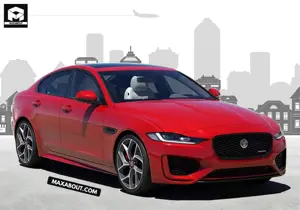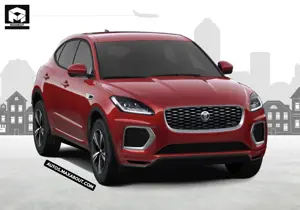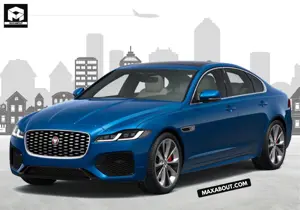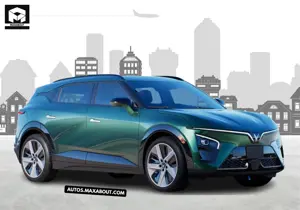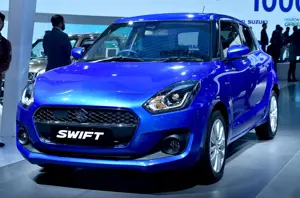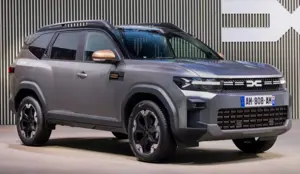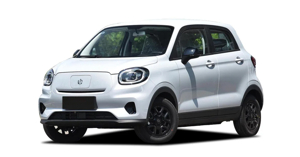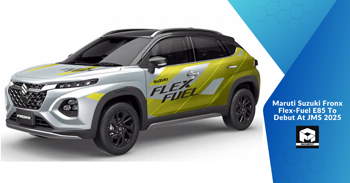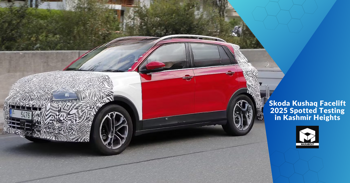Is the Mahindra XEV 9e’s 200 km/h top speed realistic or just for show?
The Mahindra XEV 9e has been hogging the headlines with its 200 km/h top speed, which is very high for an electric SUV in the Indian market. There is much talk about this high speed capability as proof of the vehicle and the engineering employed in the vehicle. But, others wonder how practical a top speed so high is in a country where the maximum speed limit on most highways is 120 km/h. But the debate is not just about legal considerations, it’s one of safety, battery efficiency, and whether such performance metrics are really needed for everyday driving. To some, it is a proud pitch for the car's high top speed while to others it is an indication of the overall quality (and capability) of the vehicle. This discussion fits into broader questions about the trade offs between performance, practicality and safety in modern vehicle design, particularly in emerging markets such as India.
This is totally for bragging rights. How are you hitting 200 km/h on Indian roads anyway? It's like having a supercomputer to read your email.
Most Popular Cars
Based on Cars Popular on Maxabout
Jaguar XE SE
₹ 48,50,000
959 Views
Jaguar E-Pace
₹ 64,00,000
721 Views
Jaguar XF Diesel R-Dynamic S
₹ 76,00,000
627 Views Recently Added Cars
New Cars Added On Maxabout
VinFast VF7 Sky Infinity
₹ 25,49,000
472 Views
VinFast VF7 Sky
₹ 24,99,000
448 Views
VinFast VF7 Wind Infinity
₹ 23,99,000
472 Views Upcoming Cars
Exciting Upcoming Cars
Maruti Swift Hybrid
₹ 10,00,000
1602 Views
Renault Boreal Bigster SUV
₹ 13,00,000
1674 Views
Leapmotor T03
₹ 8,00,000
1184 Views Discussions and Questions Is The Mahindra Xev 9E S 200 Km H Top Speed Realistic Or Just For Show
No answers found .
Latest News
Recently Added News
12 Suzuki Exhibits At Japan Mobility Show – EV, Hybrid, Flex Fuel, AI Robots
Saturday, 11 October 2025 8:00 AM
Jeep Compass Track Edition 2025: Price, Features, and Key Highlights
Friday, 10 October 2025 4:33 AM
